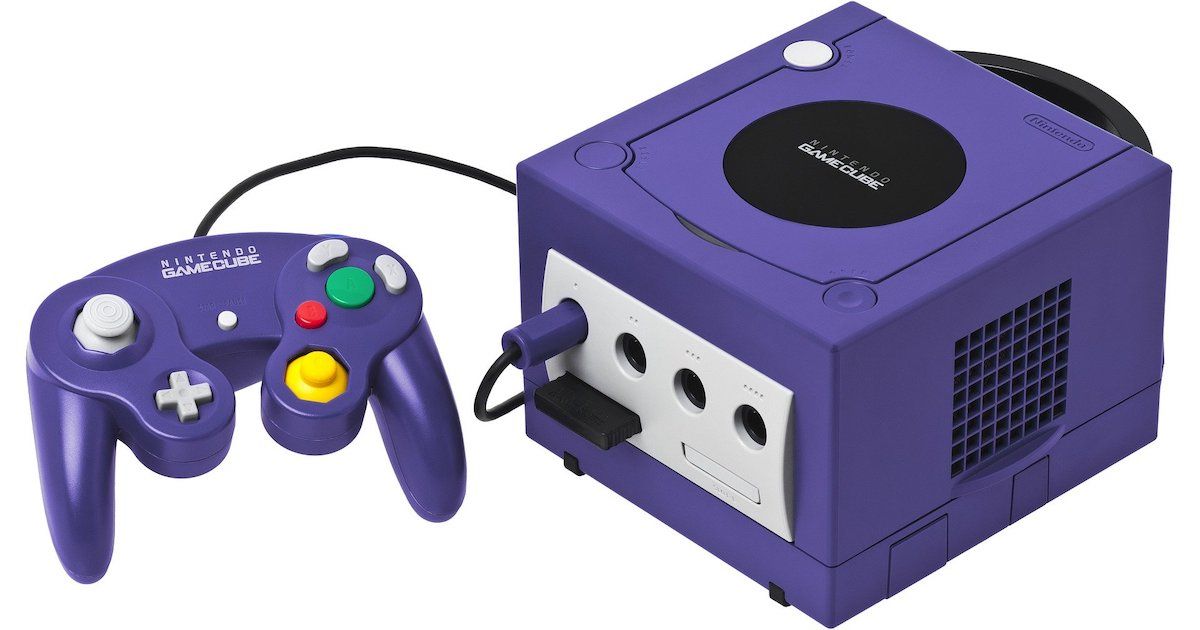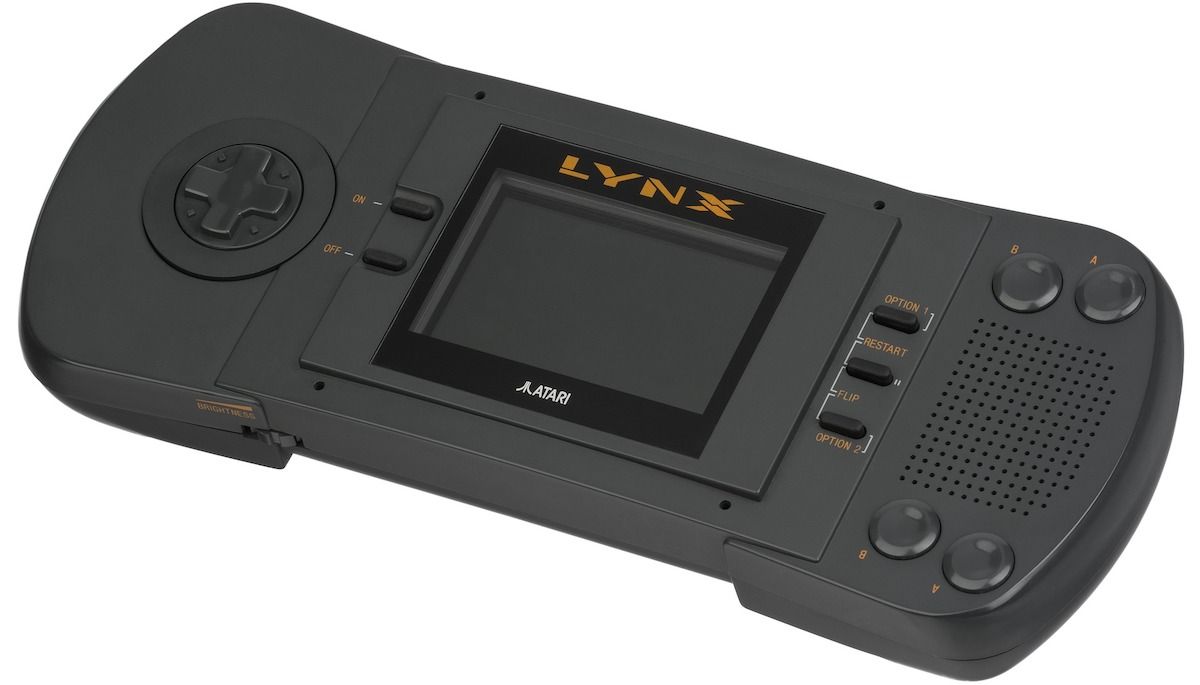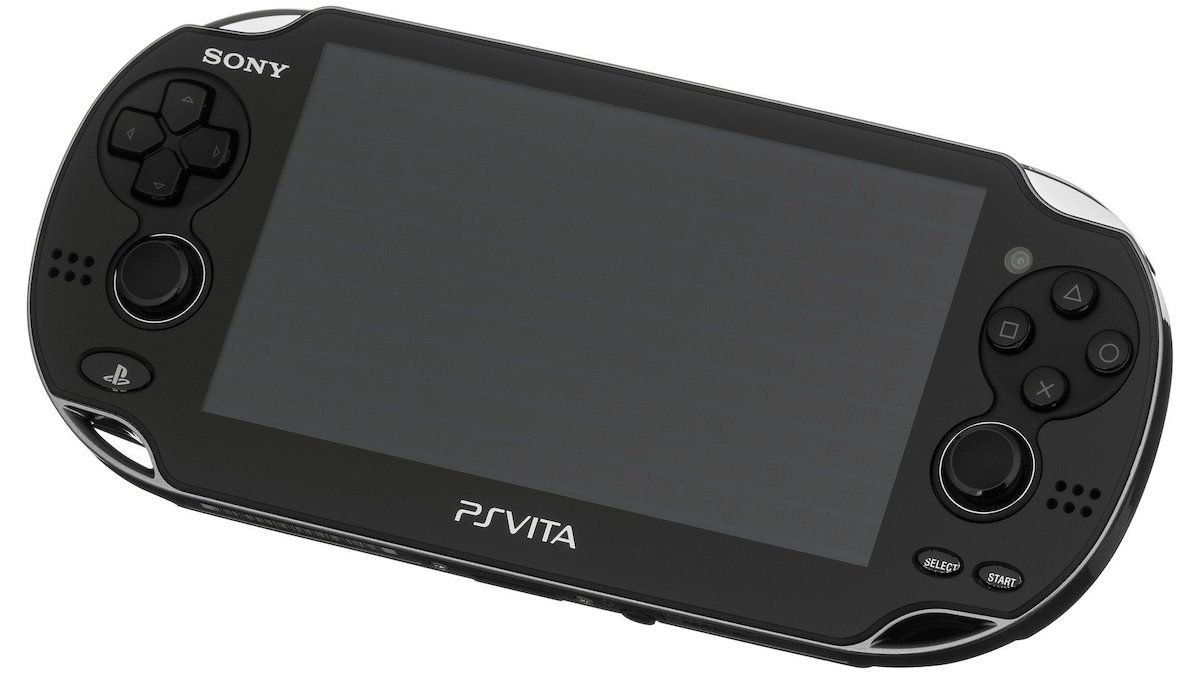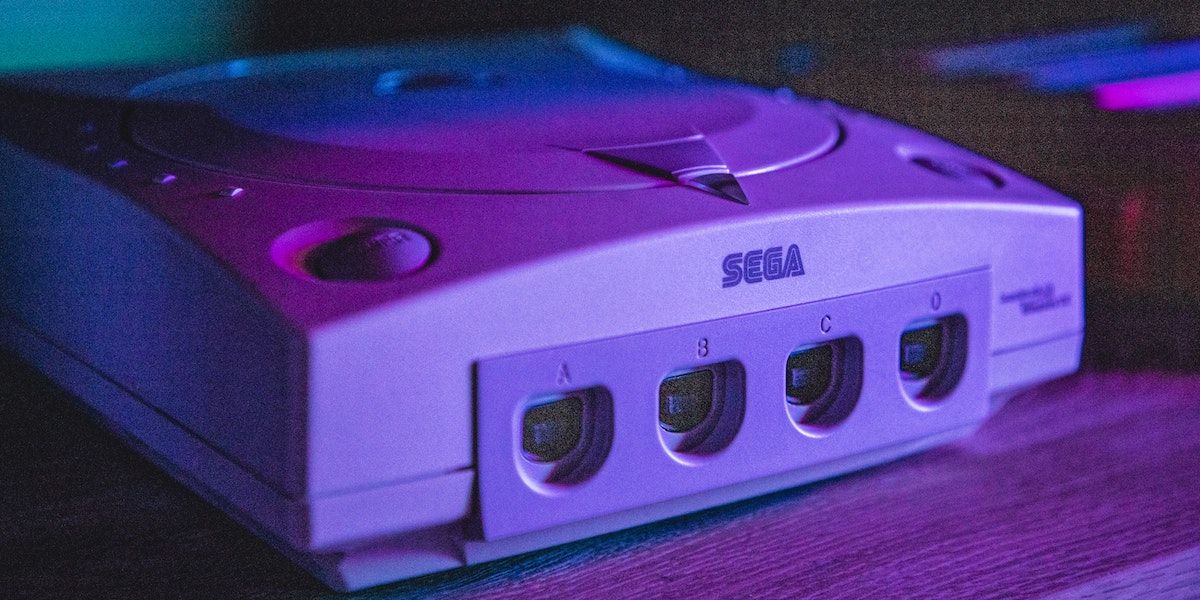Sometimes there's a video games console that just didn't get the recognition it deserves, despite having all the momentum on paper.
Whether it's because of its design, marketing, games library, or lack of support from both the publisher and the public, here are five games consoles that failed miserably, but didn't deserve to.
1. The GameCube
The GameCube was Nintendo's offering for the sixth console generation and stood alongside the PS2 and Xbox. It had some excellent hardware and boasted a nice selection of first-party and third-party titles, but a few key factors let the console down.
One major disadvantage of the GameCube was that it used MiniDVDs to run games instead of full-sized DVDs, the former having way less capacity than the latter. Because of this, the GameCube couldn't run DVD movies or audio CDs, a feature that was marveled at with the PS2 and Xbox.
Also, the GameCube launched a year after the PS2, which didn't help. Sony's second console was a tremendous success and, despite having some brilliant games, the GameCube didn't do enough at the time to justify gamers buying it.
It's interesting, then, that the Xbox launched around the same time as the GameCube, but sold more units—24 million vs. 22 million—and inserted itself as a top console contender. We could attribute this to the Xbox running full-sized DVDs, featuring loads of games with online play, and launching with Halo: Combat Evolved, which kick-started one of the biggest franchises in gaming history.
The GameCube wasn't a bad console at all, and it ran games extremely well for the time. It just didn't do enough to turn heads from its competitors.
2. The Atari Lynx
The Atari Lynx launched in 1989, a direct competitor to Nintendo's Game Boy. Atari's console had a lot going for it: it was the world's first handheld console featuring a color LCD, the only handheld console gamers could play both left-handed and right-handed, had a backlight, had smaller, sleeker cartridges, and featured some great-looking games.
So, why then did the Atari Lynx only sell 3 million units compared to the Game Boy and Game Boy Color's combined 118 million units?
Despite its great features, the Atari Lynx had a few notable issues. Its battery life was lackluster compared to Nintendo's handheld, despite requiring two more AA batteries, and it launched at double the price of the Game Boy.
But the main reason the Lynx failed where the Game Boy succeeded was the games. Nintendo's handheld launched with titles such as Tetris and Super Mario Land, which proved more enticing to gamers than the Lynx's launch title of California games. More so, Atari stopped supporting the Lynx in favor of the upcoming Atari Jaguar, whereas Nintendo pushed out hit after hit, growing both a dedicated fan base and a list of household franchises, such as Pokémon.
Despite being the better machine overall, the Lynx didn't have the games to justify its price tag or beat the Game Boy, and Atari didn't support its handheld the same way Nintendo did.
The Atari Lynx was a good handheld, though held back from realizing its potential, both commercially and as a games console.
3. The 3DO
The 3DO is an interesting console. Instead of being held to one company (Sony PlayStation, Microsoft Xbox), the 3DO was a series of specifications that third parties could license, produce, and sell.
Before its release, the 3DO garnered industry buzz as this powerful US-designed console that might rival Nintendo and Sega's consoles, with the best hardware on the market (though this was very short-lived). It was even Time Magazine's “1993 Product of the Year”.
So, what went wrong? Well, despite being a pretty well-designed console with a loud marketing campaign, about everything else went wrong for the 3DO.
To address the elephant in the room, the 3DO launched in 1993/4 with an eye-watering price of $700. $700. Which is close to $1300 in 2021.
And how many games did you get at launch for that $700? One: Crash n' Burn. Though manufacturers later lowered the 3DO's price and the games library got fleshed out, gamers were happy to wait and see what consoles Sega and Sony would put out within the next two years.
And that's what killed off the 3DO: the Sega Saturn and PlayStation, which were both more technologically advanced and had better games. The 3DO sold 2 million units before being discontinued in 1996.
The 3DO wasn't a bad console. With the right business model, it could've been something more. But, what we got was an overpriced product with an uninspired games library that was soon forgotten in a few years.
4. The PlayStation Vita
Sony launched the PS Vita in 2011/12 following the success of its first handheld offering, the PlayStation Portable (PSP).
On paper, the PS Vita had features that were ahead of its time, some of which the latest Nintendo Switch—the Nintendo Switch (OLED Model)—still lacks. Sony wanted the PS Vita to give players a triple-A gaming experience that they could take anywhere, building on the strong critical and commercial response to the PSP.
However, the PS Vita launched into a market that the Nintendo 3DS had over-saturated. Nintendo's handheld came out roughly a year earlier, and mobile gaming was also on a huge rise. Despite gamers being able to play PS3 and PS4 titles on the PS Vita via Remote Play, Sony's second handheld lacked a strong games library of its own which gave little reason for 3DS and smartphone users to own one.
This all led to poor sales for the PS Vita—around 15-6 million units—despite its positive reception by those who actually purchased the handheld console. In the years after the PS Vita's launch, Sony's support vanished, and it discontinued the handheld console in 2019.
While we ponder whether Sony will release a handheld console anytime soon, it's interesting to think how the handheld gaming landscape would be if the PS Vita succeeded as it, arguably, deserved to do.
5. The Dreamcast
In 1998/99, Sega released the Dreamcast, a console with a new, clean design that featured stunning, innovative games such as Jet Set Radio, Crazy Taxi, and Power Stone. The Dreamcast was also the first console to feature a built-in modem for online play.
Then, in March 2001, Sega discontinued the Dreamcast and pulled out of making consoles altogether, with a net loss of over $400 million.
So, what went wrong?
Despite being a console many consider ahead of its time, the Dreamcast failed through a series of factors that, arguably, weren't its fault.
Sega gave gamers a system with a great list of games that, for the time, looked and played incredibly. But, the problem was that, while Sega kept on delivering arcade-like games, the gaming landscape was moving past that. The idea of time limits, bonuses, and high scores was slowly giving way to more narrative and gameplay-focused titles.
Gamers were now looking for more in-depth experiences, which consoles like the PlayStation were offering and consoles like the PS2 and Xbox would soon offer when they arrived. Certainly, when the PS2 launched a year later, it eclipsed the Dreamcast and the figures show that—Sega's last console sold around 9 million units in its lifespan compared to the PS2s staggering 155 million.
On top of that, the Dreamcast's built-in modem was a feature that didn't quite get the praise it deserved at the time. Online gaming simply wasn't what it is now, and many games didn't promote online play, making the Dreamcast's modem more of a gimmick than a revolutionary feature.
However, the main reason the Dreamcast failed was… well, Sega.
Though the Dreamcast was Sega's last home console, it's unfair to say that it was the console that finished Sega. Following the success of the Sega Genesis, Sega followed up with confusing two add-ons—the Sega CD and the Sega 32X—and the competent-but-mismanaged Sega Saturn. These offerings labeled Sega as “inconsistent”, with people unsure which console to be excited about, which console to buy, or what each console actually was.
This all led to audiences perceiving the Dreamcast as yet another inconsistent product by Sega from the get-go, ultimately sealing its fate as a product destined to fail, despite offering a gaming experience that was anything but a failure.
Catch Up With the Consoles You Missed
Despite their best efforts, some consoles just came out at the wrong time. Though they failed, in retrospect, we can say that they didn't deserve to.
If any of these consoles interest you, it might be well worth your time to see what you missed out on. Just because they aren't current-gen consoles, doesn't mean you won't find value from them, and it might make you appreciate these underrated gems just a bit more.





